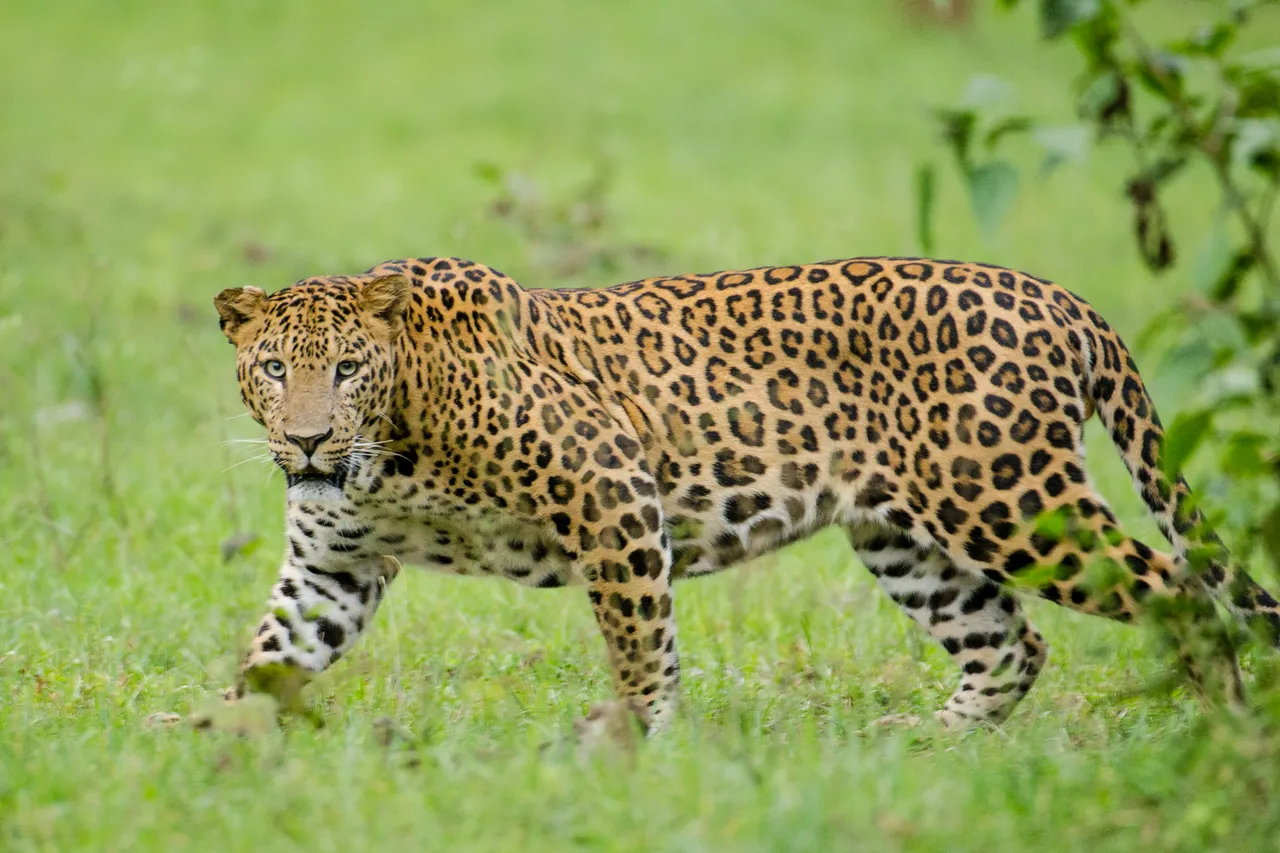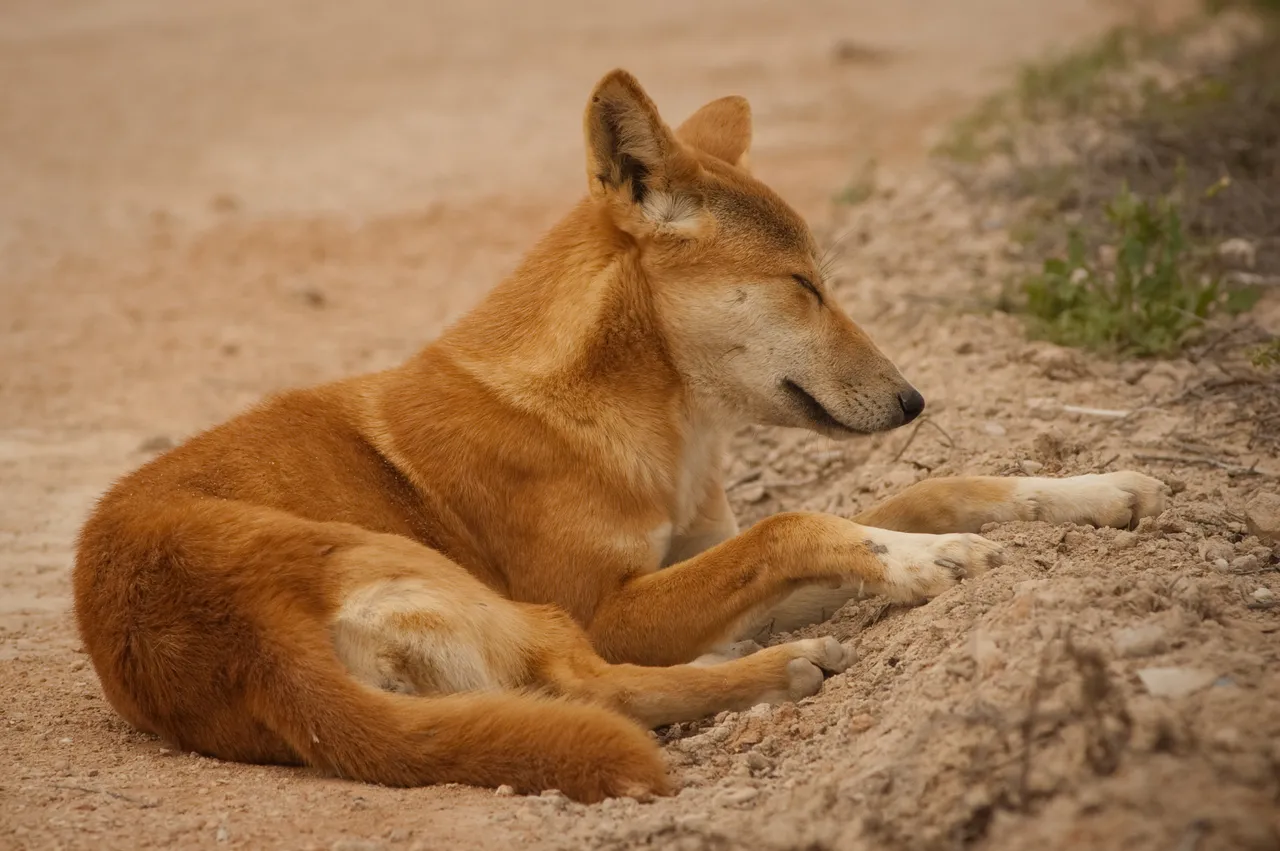Most humans have a fearful relationship with the local predators, either as a direct fear of getting attacked, or more indirect fear of having our farm animals, pets or even children attacked. It’s no doubt a much heated debate that often gets pushed in both directions with the use of emotions rather than science, which is understandable when people are afraid. In this post I want to take a look at the benefits of having predators around in the modern society, which are many more than most people assume. Hopefully this will open the eyes to some of you as to why we should not just kill all predators in order to feel more safe. As it turns out, we might actually be more safe with predators around us in certain regions!
I know this is a heated debate, but I would be very happy if we could keep the discussion in the comment section to the actual post today. We have discussed whether or not to kill/regulate predators many times in the past, so let’s try to not focus solely on that today.

Having cougars in your region will actually improve your life! Image is Public Domain.
Some of the benefits of having predators around
The basis for this entire post is from a newly published article in Nature ecology & evolution. This is a metastudy (a study that organizes the results from many different studies into a paper to explain a certain phenomenon) of benefits of predators from all around the world, and mostly on how having predators around were beneficial to humans who lived in the area. So, let’s take a look at some of the major benefits of having predators around!
Having predators around prevent disease
The leopards (Panthera pardus) in India are directly saving lives by preying on feral dogs. The current population of leopards in India are able to kill 1,500 feral dogs very year, which is expected to save roughly 90 humans life annually by these 1,500 dogs not spreading rabies or attacking humans directly! It is important to remember that leopards can also attack humans, but the scientists believe that more humans will survive with leopards around compared to having feral dogs around. The leopards are helped by the Old World vulture birds (Gyps spp.) that feeds on the feral dogs and help control the spread of rabies.

Photo of an Indian leopard. Image by Srikaanth Sekar, posted with the Creative Commons Attribution-Share Alike 2.0 Generic license.
The red fox (Vulpes vulpes*) prevents the spread of Lyme disease, a disease carried by ticks and can be very problematic for humans. This is happening because the red foxes kill rodents and other small mammals that spread the ticks. The larvae of amphibians also prevent disease by feeding on mosquitoes that carry the agents of malaria. This has only been proven in lab conditions, but it is expected that they are partially responsible for keeping mosquito populations under control in the wild as well.
These are the four major predators that have been studied and found to be linked to lower rates of disease for humans, but it is expected that there are many more examples of this in the wild! Insects, rodents and other small animals are often responsible for the spread of disease, so any predator to keeps these animals at bay will definitely prevent the spread.
Some predators increase agricultural output
This is most likely the most well-known example of benefits from having predators around, and this is why farmers without any animals (but with crops) tend to love having predators such as raptors around their farm.
I was actually touching this topic a week ago, when I wrote about how endangered owls in California are being poisoned by pot farmers. What the owls does is that they kill huge amount of rodents in farming areas, and are potentially saving the farmers a lot of money with rodent control mechanisms. The New Zealand falcon in does the same thing by killing small animals that feeds on the crop. In Australia, the dingo helps cattle farmers by killing kangaroos , which can be a problem for some cattle farmers.

A dingo (Canis dingo) will prevent areas from getting too populated with kangaroos. Image by Henry Whitehead, posted with the Creative Commons Attribution-Share Alike 3.0 Unported license.
Hyenas remove dangerous organic waste
Some of the hyena species are strong scavengers (while some of them only eats termites), which is an important ecological function that helps remove dangerous organic matter. There haven’t been any very good studies on this, but areas with hyenas have shown to have better water quality since they eat a lot of organic matter that would otherwise contaminate the local water source.
The cougar might save your life (indirectly)
A final examples of how some predators can be of benefit to us humans is how having them around could keep us safer when driving a vehicle. If the Eastern USA were to let cougars (Puma concolor) recolonize the area, they would be preying on species of deer. This would in turn reduce the amount of collisions with deer, and 30 years after the recolonization the scientists expect the cougars to save over 155 human lives, as well as prevent over 21,000 injuries!
We are aware of this ecological function in other parts of the world as well, and here in Norway we do rely on our predators to kill deer in certain areas in order to keep their population levels healthy.
Thanks for reading
I hope you enjoyed learning about why it can be beneficial to keep predators in your region, and I’m sure there are also other benefits to keeping them alive. It’s important to have these things in mind when debating about the predator population reduction that is happening all over the world these days. If you want to take a closer look, then check out the link at the top of the post. Anyway, thanks for reading!